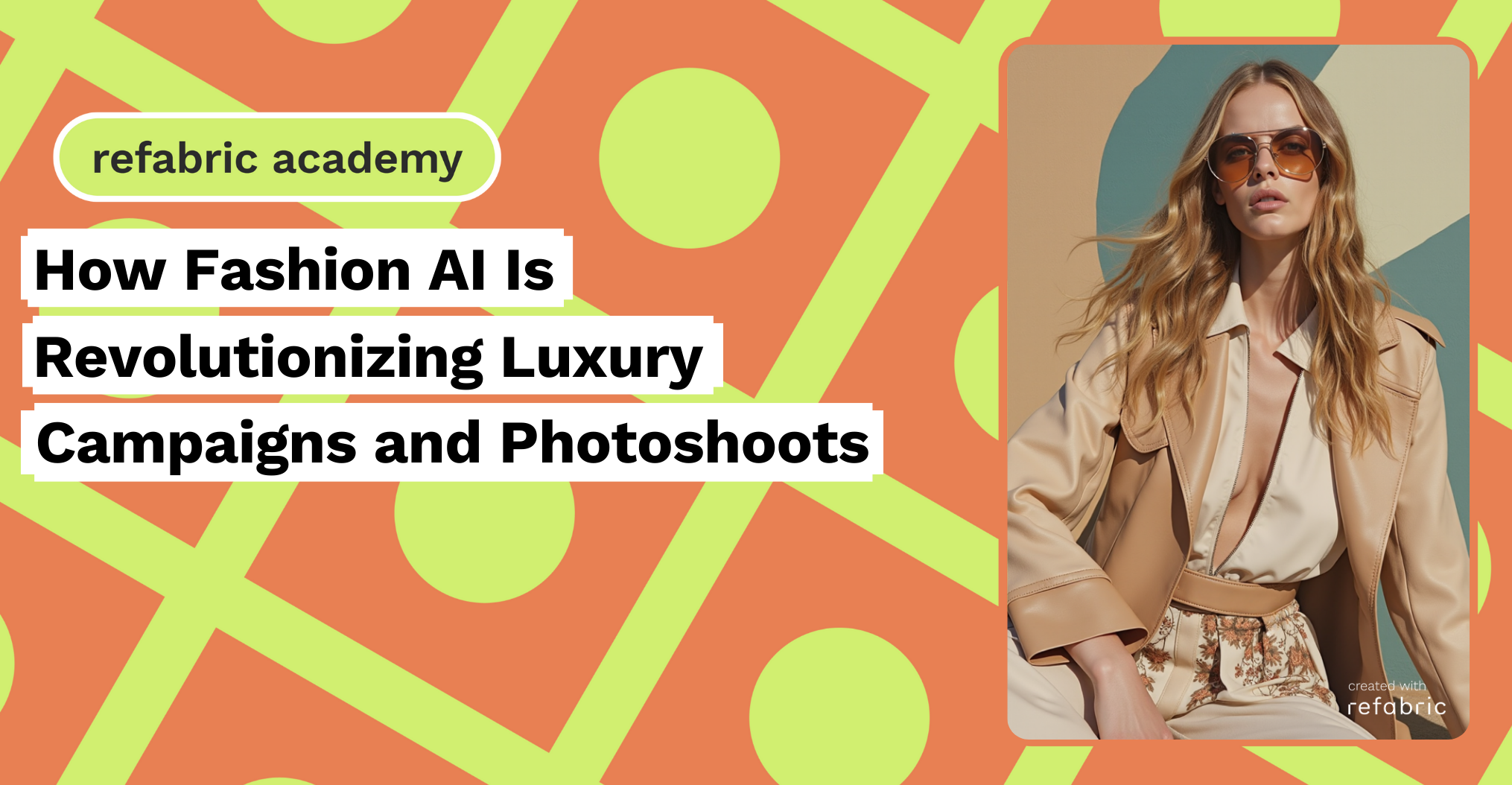Fashion AI is transforming the way luxury brands create their campaigns and conduct fashion photoshoots, blending imagination, efficiency, and inclusivity. By using AI-driven tools to generate visuals, simulate try-ons, and reimagine traditional workflows, fashion houses are stepping into a new era of creativity and impact. From fantasy-fueled storytelling to democratized representations, here’s how fashion AI is reshaping the industry and the standout examples leading the charge.
Reimagining Visual Storytelling Through Fashion AI
One of the most exciting aspects of fashion AI is its ability to unleash boundless creativity. Designers and creative directors can now conjure dreamlike settings, alter proportions, and experiment with surreal storytelling that defies the constraints of physical space and time.
Take Etro’s Spring/Summer 2024 campaign, for example. Rather than relying solely on conventional photography, Etro teamed up with digital artist and prompt designer Silvia Badalotti to craft an AI-generated fantasy world titled “Nowhere.” From pastel-colored palaces to cosmic florals and alien botanicals, the campaign visualized a hyper-stylized realm of imagination, accessible only through the unique vision AI enables. This level of experimentation helps brands go beyond seasonal looks and tap into powerful emotional narratives, setting a new standard for campaign storytelling.
Similarly, Refabric’s Photoshooting tool empowers brands to test out creative photoshoot ideas in seconds, no physical samples or locations required. With drag-and-drop simplicity, brands can generate visual stories around a garment and create campaign-ready images that reflect a brand’s mood board with unmatched precision.
Streamlining Production Through AI Innovation
Beyond creativity, fashion AI is streamlining the fashion production process and reducing costs at nearly every stage. Traditional photoshoots require model casting, location rental, photographers, stylists, and production teams, not to mention the logistical challenges that come with them. With fashion AI, much of this process can be virtualized.
Mango recently launched its first fully AI-generated campaign for the Teen line’s limited-edition Sunset Dream collection. Instead of orchestrating an on-site photoshoot, Mango used fashion AI to generate digital models and environments, creating an editorial-grade campaign with minimal resources and maximum impact. The brand photographed garments separately and then layered them onto AI-generated avatars and scenes. The result? A striking visual campaign that dramatically reduced production time and offered complete creative control.
Refabric’s tools also contribute to this efficiency revolution. By offering virtual try-ons, Refabric minimizes the need for sampling and reshoots, allowing teams to focus their budgets on design, storytelling, and user experience.
Increasing Diversity and Representation
Fashion AI also holds transformative potential in broadening representation in fashion campaigns. With the ability to generate a wide range of digital models in various body types, ethnicities, and styles, brands are no longer limited by conventional casting or geographic constraints.
Refabric’s virtual try-on feature is a prime example of this shift. The tool allows consumers to visualize garments on diverse AI models that better reflect the world we live in. This not only enhances the online shopping experience but also signals a commitment to inclusivity. Fashion campaigns can now represent a wider spectrum of beauty, and brands can tailor their visuals to resonate with more customers globally.
Likewise, Mango’s AI-generated Teen campaign depicted diverse digital characters, tapping into Gen Z’s expectations around representation and digital fluency. Instead of following legacy campaign formulas, the brand embraced AI to speak to a more inclusive and tech-savvy audience.
Fashion AI is not just a trend, it’s a paradigm shift in how campaigns are ideated, produced, and perceived. By enhancing creativity, reducing production burdens, and enabling broader representation, luxury brands are embracing fashion AI as a core part of their visual storytelling. Brands and AI tools are leading the way, showing that fashion’s future doesn’t just look different, it thinks differently too.
